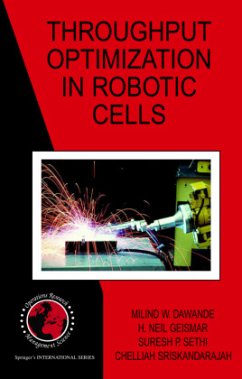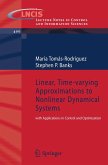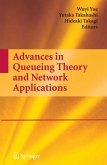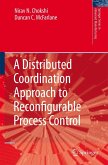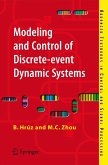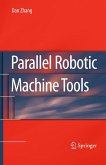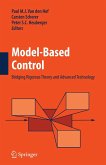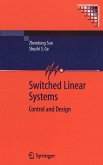Intense global competition in manufacturing has compelled manufacturers to incorporate repetitive processing and automation for improving productivity. Modern manufacturing systems use robotic cells - a particular type of computer-controlled system in cellular manufacturing. Throughput optimization in robotic cells provides practitioners, researchers, and students with up-to-date algorithmic results on sequencing of robot moves and scheduling of parts in robotic cells. It brings together the structural results developed over the last 25 years for the various realistic models of robotic cells. After describing industrial applications of robotic cells and presenting fundamental results about cyclic production, several advanced features, such as dual-grippers, parallel machines, multi-part-type production, and multiple robots, are treated. Important open problems in the area are also identified.
This book is an excellent text for use in a graduate course or a research seminar on robotic cells.
This book is an excellent text for use in a graduate course or a research seminar on robotic cells.
From the reviews:
"This book presents results on sequencing and scheduling problems arising in robotic cells. ... This book is a comprehensive approach for scheduling in flexible manufacturing of robotic cells. The book is equally interesting for use in university courses as well as for practitioners." (Erwin Pesch, Zentralblatt MATH, Vol. 1155, 2009)
"This book deals with ... automated material movements, and especially their optimal design. ... This book ... will be a useful resource for students, practitioners, and researchers. ... this book and its contents are easily understandable to graduate students and researchers who are new to this area. ... This book would be an excellent reference source for any reader who is broadly interested in the optimization of automated manufacturing environments. It could also be used as a textbook for an advanced two-semester graduate-level course." (Srinagesh Gavirneni, Interfaces, Vol. 39 (1), January-February,2009)
"This book presents results on sequencing and scheduling problems arising in robotic cells. ... This book is a comprehensive approach for scheduling in flexible manufacturing of robotic cells. The book is equally interesting for use in university courses as well as for practitioners." (Erwin Pesch, Zentralblatt MATH, Vol. 1155, 2009)
"This book deals with ... automated material movements, and especially their optimal design. ... This book ... will be a useful resource for students, practitioners, and researchers. ... this book and its contents are easily understandable to graduate students and researchers who are new to this area. ... This book would be an excellent reference source for any reader who is broadly interested in the optimization of automated manufacturing environments. It could also be used as a textbook for an advanced two-semester graduate-level course." (Srinagesh Gavirneni, Interfaces, Vol. 39 (1), January-February,2009)

